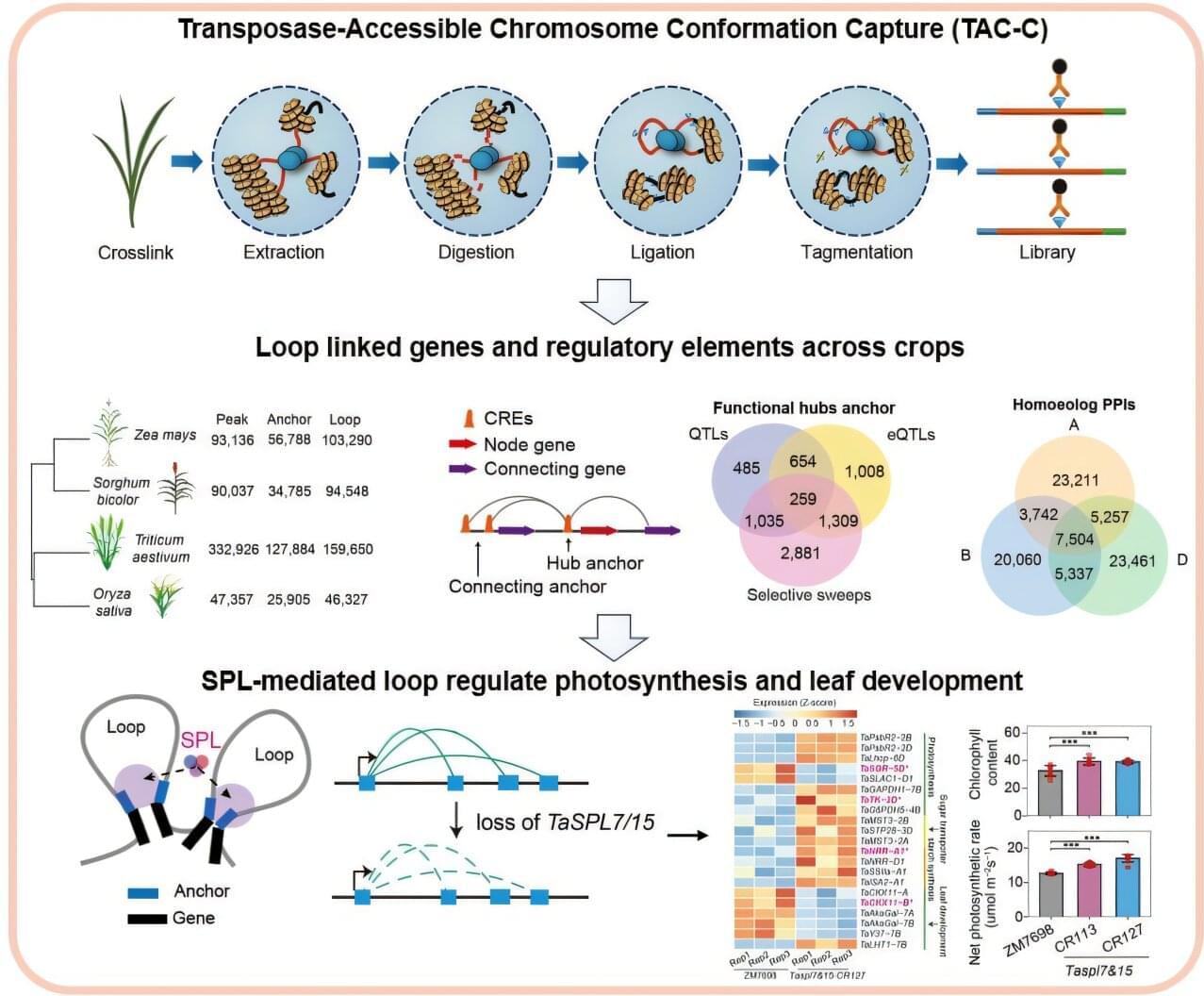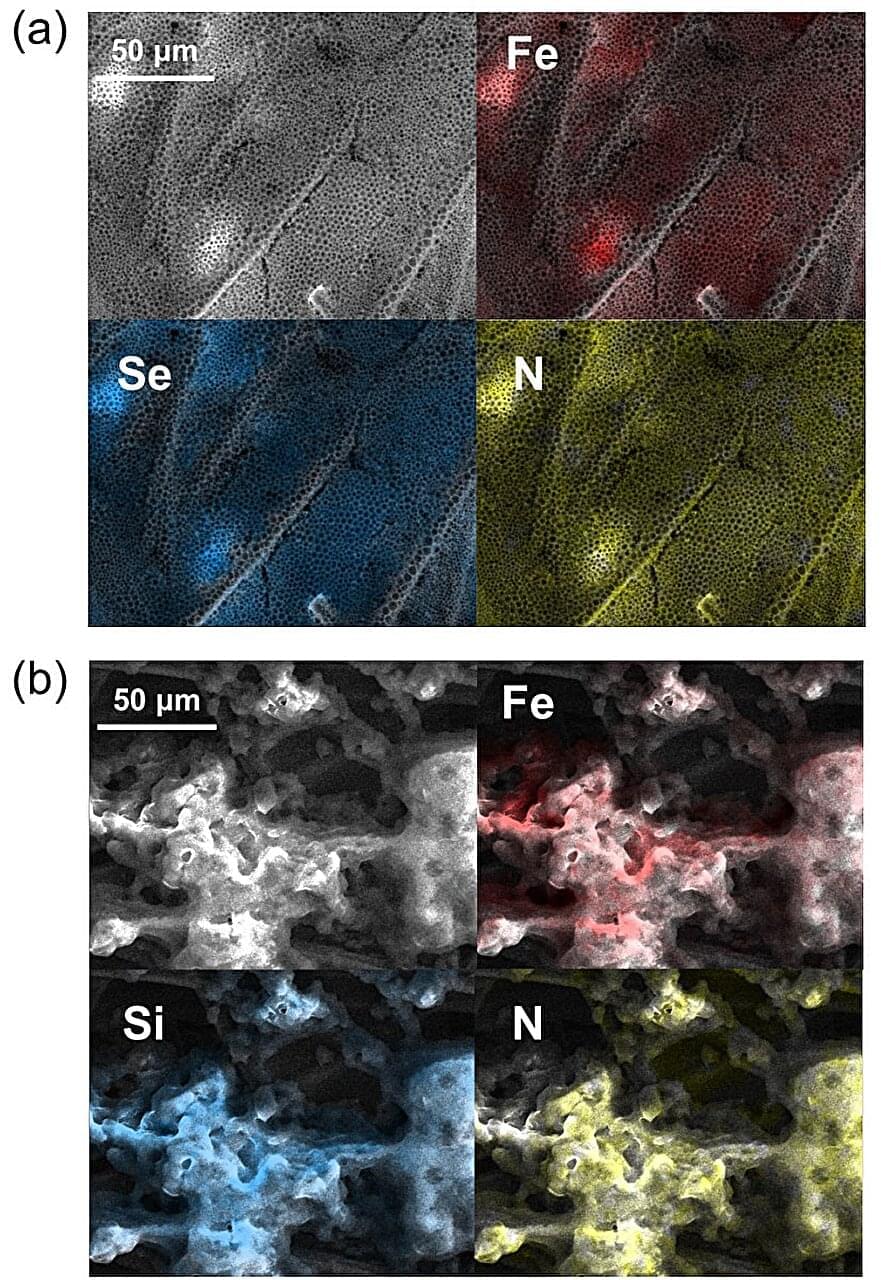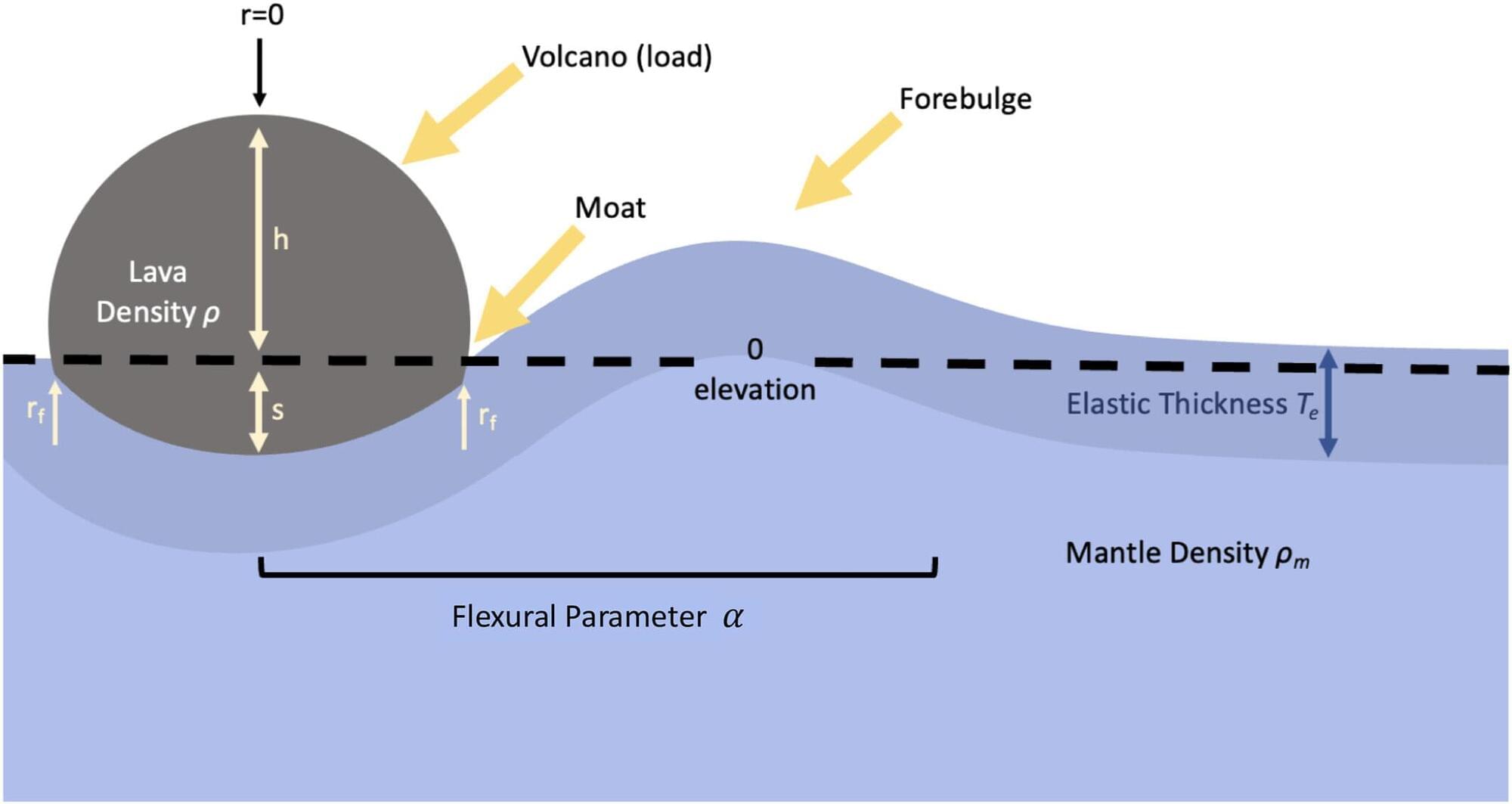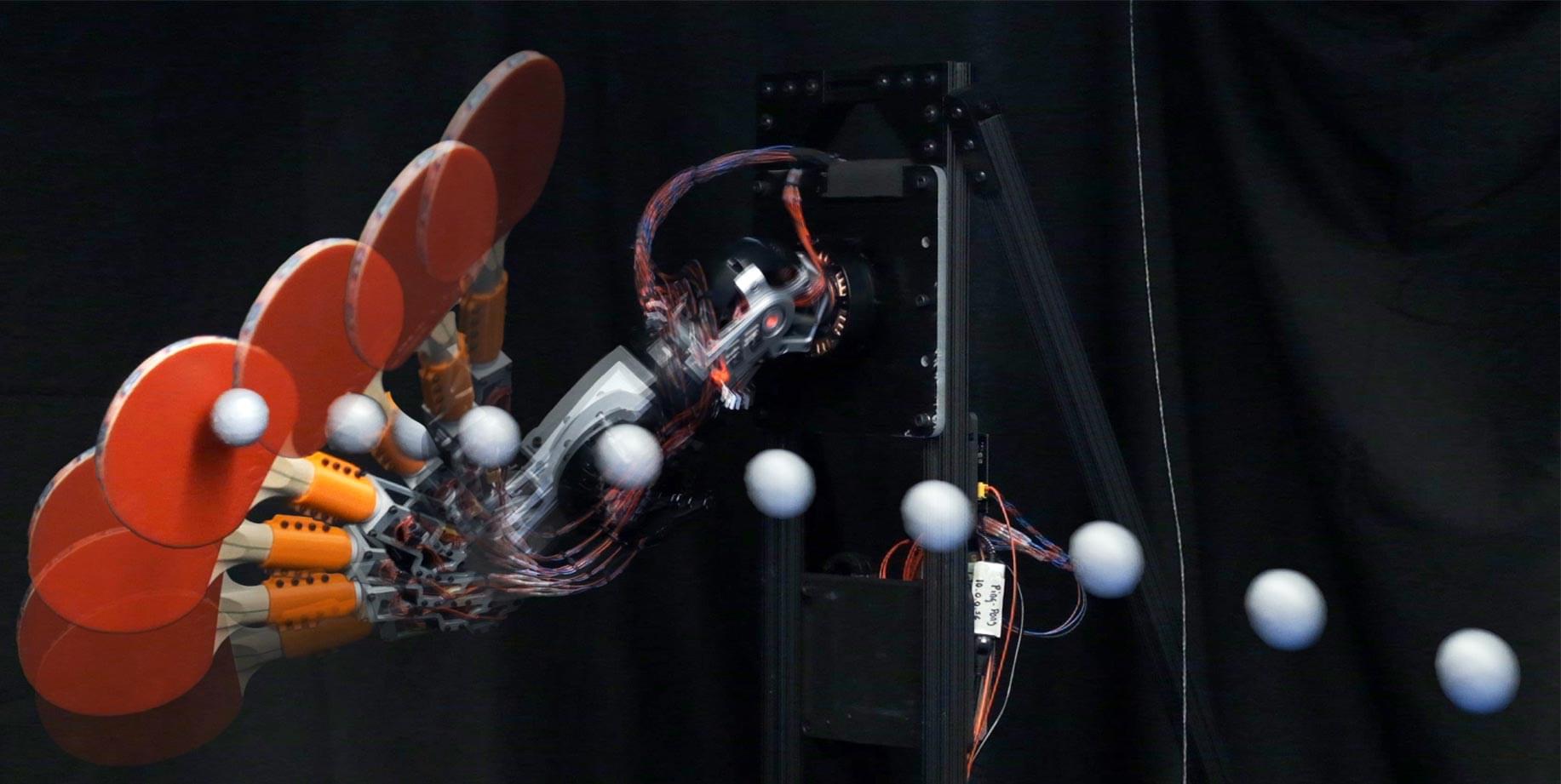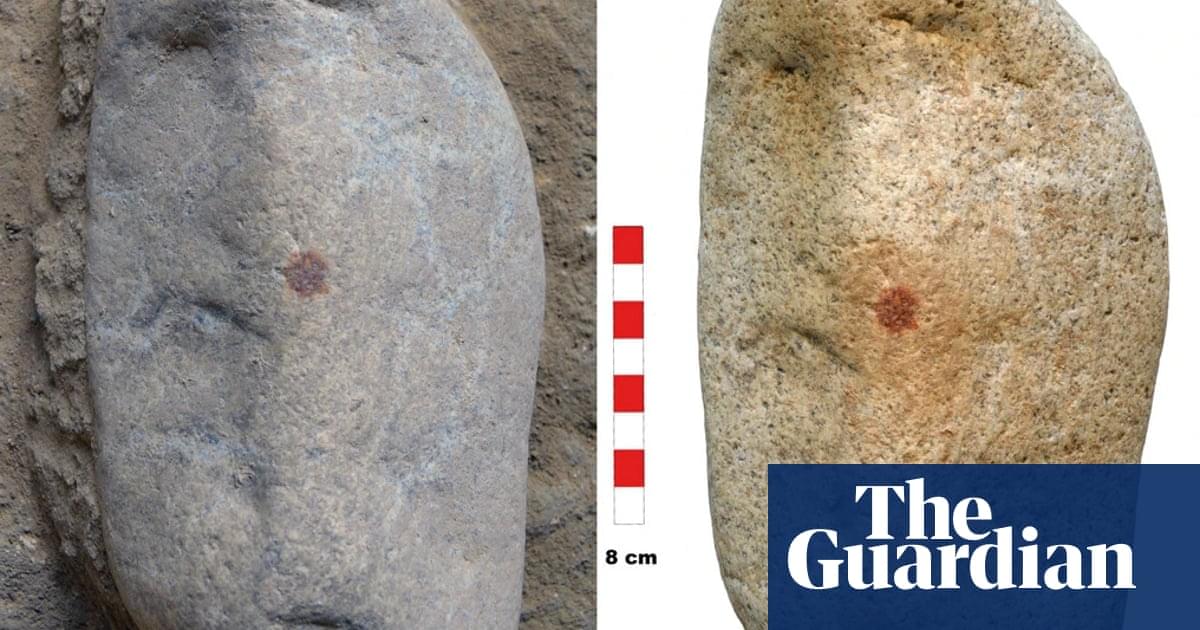Chinese researchers have developed a technology that sheds light on how the three-dimensional (3D) organization of plant genomes influences gene expression—especially in photosynthesis.
The research, which was led by Prof. Xiao Jun at the Institute of Genetics and Developmental Biology of the Chinese Academy of Sciences, in collaboration with BGI Research, is published in Science Advances.
The innovative method not only provides a more precise tool for understanding the intricate 3D interactions between genes, but also highlights the critical role of long-range chromatin interactions in gene regulation.
